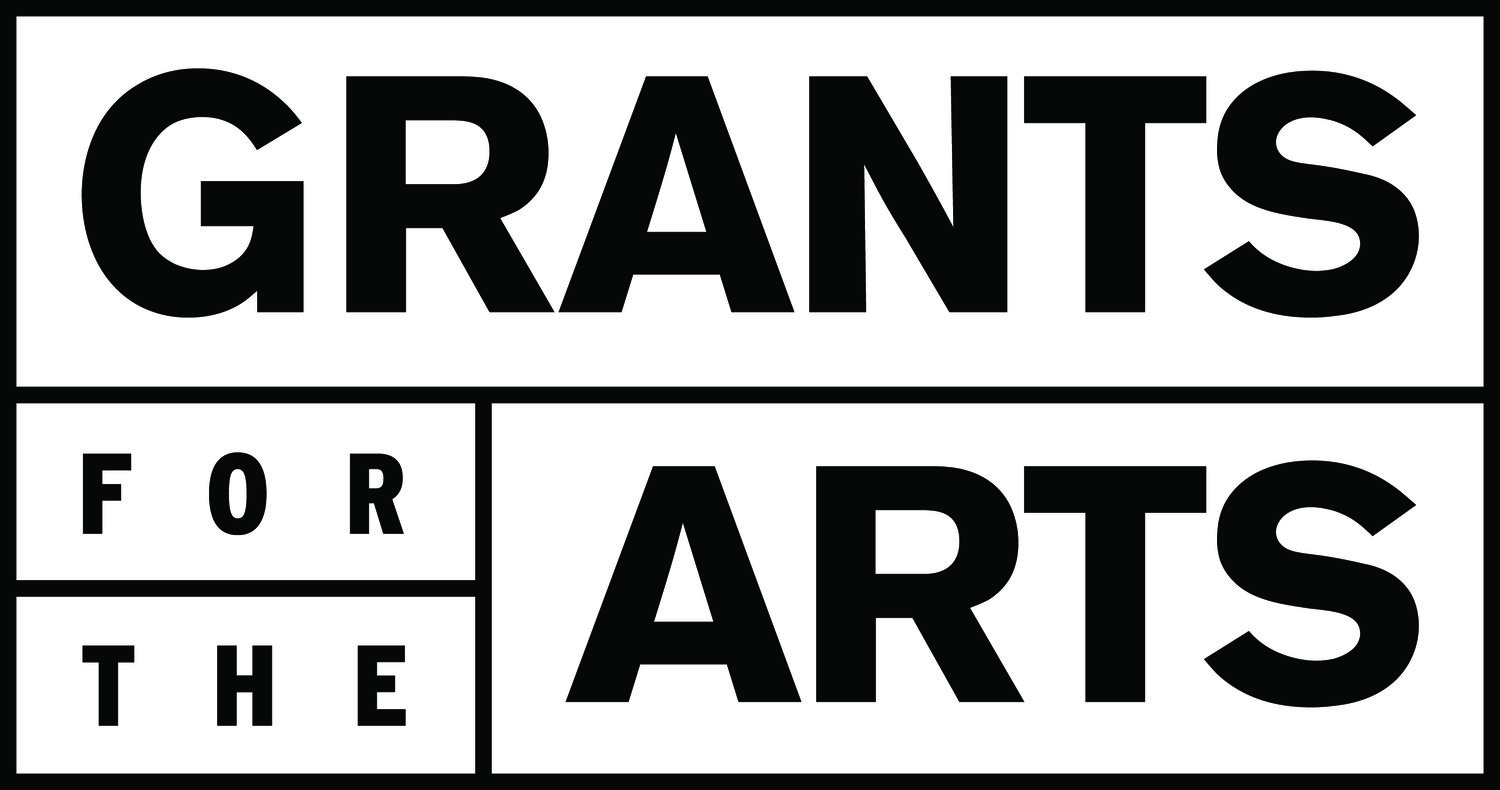WORKING PICTURES | STEVE CAGAN
Exhibition: May 11 - July 1, 2017
Opening Reception: Thursday, May 11, 6 - 8 PM
Storytellers Lecture Series: Tuesday, May 16, 6 - 8 PM with Steve Cagan and Mark Murrmann
Steve Cagan, People from the Afro-Colombian communities along the Río Bebará pan for gold in the pits dug out of the rainforest floor, 2014
Steve Cagan, Working Pictures is a career survey and the first solo exhibition on the west coast to highlight Cagan's five decades of work integrating photography and activism. Cagan’s work gives voice to causes both local and international, ranging from the demise of industry and labor issues in his home state of Ohio, to the social and political strife of refugees in El Salvador and Nicaragua, and most recently to issues with indigenous peoples in Colombia fighting to preserve a way of life.
Cagan self describes his work as "activist photography" because his level of involvement with the communities and movements he photographs goes well beyond the making of striking pictures. More than passive reportage, Cagan is a devoted participant in progressive social change, peace, and justice. He uses his work as an integral tool to give voice, exposure, and positive representation to groups he is intimately involved with. Cagan’s goal is to photograph his subjects with humanity and dignity, not as victims or an unknown “other.” His photographs often celebrate the worker and the family in harsh economic and political climates. Through his dedication and craft, Cagan sheds light on the individual and human experience of surviving in such circumstances as the war zone of El Salvador, the economic crisis of Cuba, or the struggle of indigenous people in the shadow of global industry.
This exhibition will at once celebrate the aesthetic excellence of his work through beautifully printed photographs, while perhaps more importantly showing his work at work through the many publications, posters, and other forms of distribution he employs to give his images a voice from within.
In light of current trends of social and political activity, Cagan's activism and photography provide a beacon of commitment, an example of a life devoted to using photography as a way to be an active participant in our world. In the photographer’s words, "The point is not to think one can change the world by producing pictures. Rather, photographers who want to have a social impact have to think about how our pictures may contribute to change; the ways they may support and be part of the movements for social justice, for peace, for environmental sanity."
This exhibition is curated by Jeanne Friscia and made possible through the generous support of Frank Mainzer and Lonnie Zwerin.
Steve Cagan, A member of IBEW Local 39 doing maintenance work on back-up generators of the municipal power company, Cleveland, Ohio, 2005
Steve Cagan, School children and their teachers greet a peace caravan down the Atrato River in El Chocó, one of the areas that suffered greatly in Colombia’s civil war, 2003
ABOUT STEVE CAGAN:
Steve Cagan is a photographer, living in Cleveland, Ohio. He was born in New York City in 1943. He has been photographing and exhibiting since the mid-1970s. His mode of working is often labeled documentary, but he prefers to describe it as activist or socially-engaged photography. The central concern in Cagan’s work is an exploration of strength and dignity in the everyday struggles of regular people and their grassroots resistance to pressures and problems.
Major projects have included: “Industrial Hostages,” on factory closings in Ohio; Indochina; Nicaragua; El Salvador (especially about a community that formed in a refugee camp and returned to found a new town); and Cuba (especially about the struggles of working-class people in the harsh economy after the fall of the USSR), and “Working Ohio,” an extended portrait of working people. Current major project, since 2003: “El Chocó, Colombia: Struggle for Cultural and Environmental Survival,” documenting that threatened rain forest area and the special cultures there.
He has exhibited and published on four continents. He has published reviews and critical writings in a variety of professional journals and books. Major awards include two Fulbright Fellowships, a National Endowment for the Arts Fellowship, and several Ohio Arts Council Fellowships and New Jersey Arts Council Fellowships. He taught in the Visual Arts Department of Mason Gross School of the Arts, Rutgers University, 1985-1993.
He is co-author (with his wife Beth) of the book, This Promised Land, El Salvador, which won the 1991 Book of the Year Award of Association for Humanist Sociology. In 1991, he was named “Teacher of the Year” at Rutgers University.






